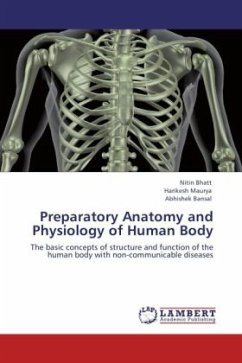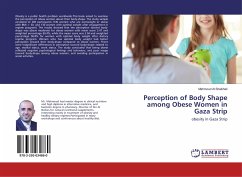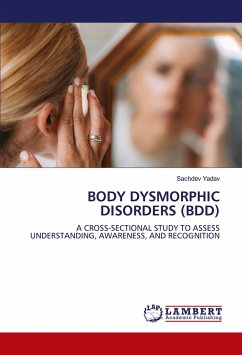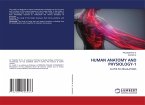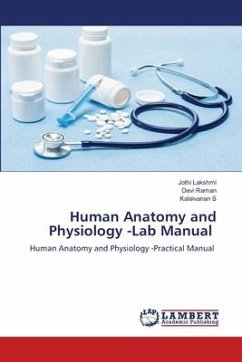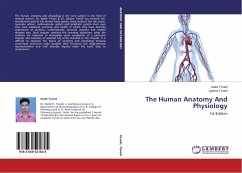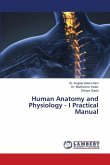The history of anatomy has been characterized, over time, by a continually developing understanding of the functions of organs and structures in the body. Methods have also improved dramatically, advancing from examination of animals through dissection of cadavers (dead human bodies) to technologically complex techniques developed in the 20th century including X-ray, ultrasound, and MRI. Anatomy should not be confused with anatomical pathology (morbid anatomy or histopathology), which is the study of the gross and microscopic appearances of diseased organs. This book offers applicable knowledge of the structure of the human body and foundation information for understanding physiology, cell & tissue biology, developmental biology (bones, joint, blood & skeletal muscles), CVS, digestive, respiratory, urinary, endocrine, nervous and reproductive systems. The functions of the various organ systems and the organs associated with each system are described. Non-communicable diseases arealso mentioned to facilitate students for awaring significant facts to the real-world situations and help them to encounter in their chosen profession.
Bitte wählen Sie Ihr Anliegen aus.
Rechnungen
Retourenschein anfordern
Bestellstatus
Storno

